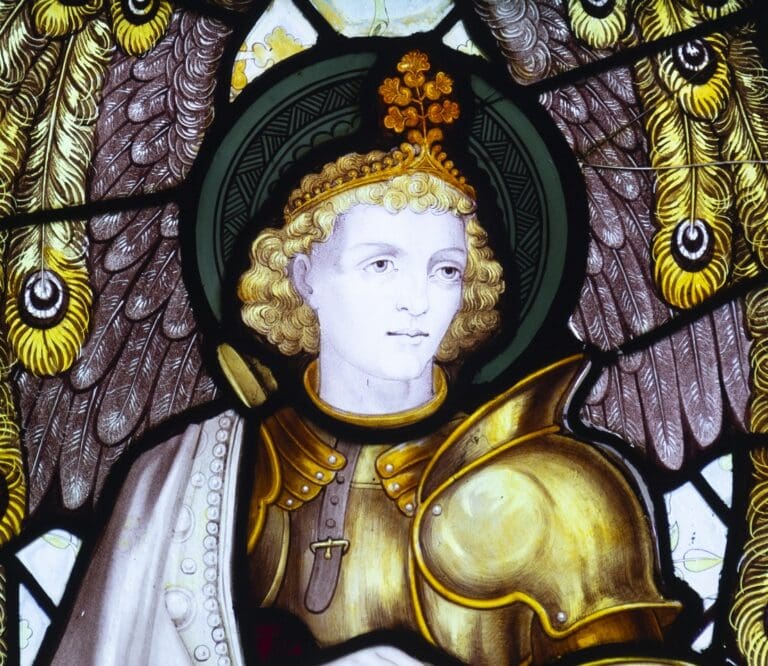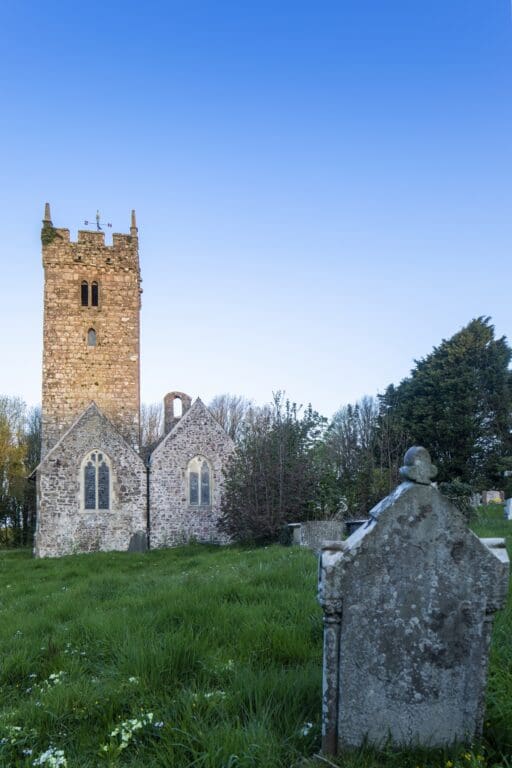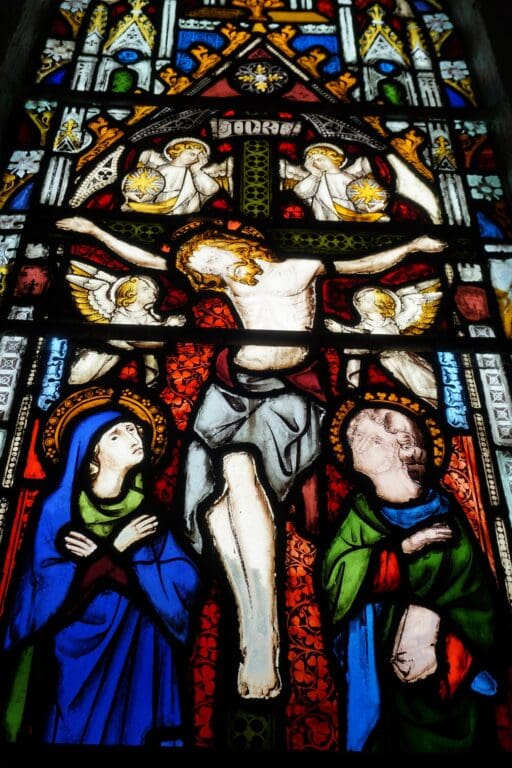
Published: 07/11/2022
Updated: 07/11/2022
Earlier this year, Cadw launched a grants scheme for maintenance and minor repairs. We applied, and are delighted to have been awarded a total of £62,824 towards the repair of four churches in Wales. Works are commencing this month, and need to be complete by February 2023. The grant covers 75% of eligible costs, meaning that we must fund the remaining 25% ourselves.
We are so grateful to Welsh Government and Cadw for their support. Diolch yn fawr iawn!
Continue to read about the places that will benefit.

St Baglan’s is small and steeped in history. From the circular churchyard, the 6th-century inscribed stone, the cross slabs, medieval roof and Georgian pews, it’s a deeply special place. The grant will enable us to refresh its golden ochre limewash and undertake ironmongery repairs to hinges, pintles and handles on the south door.
St Cadoc’s is a secluded medieval church, linked to Rolls Royce, and with stained glass by three Victorian makers at their very best. But this special glass is in a very fragile condition. The glazing is cracked and the lead buckled and perishing. The tremendous east window by Heaton, Butler and Bayne and the showstopper Kempe window in the Rolls’ Chapel will be carefully repaired by accredited stained glass conservators.


St Decuman’s is a noble medieval church that nestles beneath a huge oil refinery. The building has a complicated plan with four chapels or oratories, each built by the occupants of the four significant houses in the parish and a tall tapering tower. The grant funding will be used to undertake localised repairs to the windows, roofs and masonry.
This ancient church on the Pembrokeshire Coast Path dates from the 12th century but may have prehistoric origins.
The window in the south transept depicts the Crucifixion. It was made by Hardman to a design now known to have been by Pugin — it has been described as the best example of a Pugin window in any Welsh church and is now the sole survivor of the five that Hardman made for the church in the early 1850s. It’s in poor condition, however, and needs repair. The grant funding will also go towards mending the leaking tower roof.
